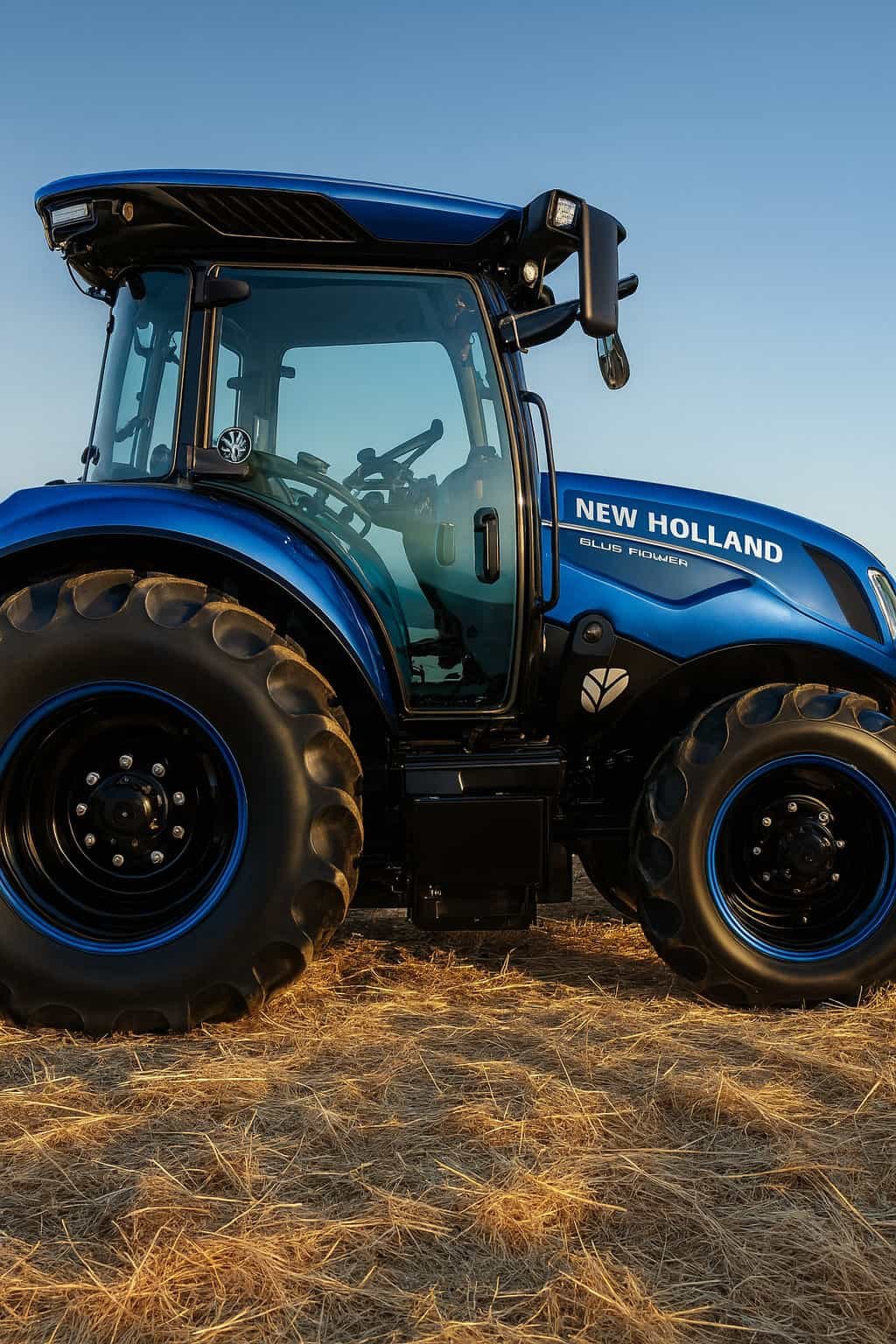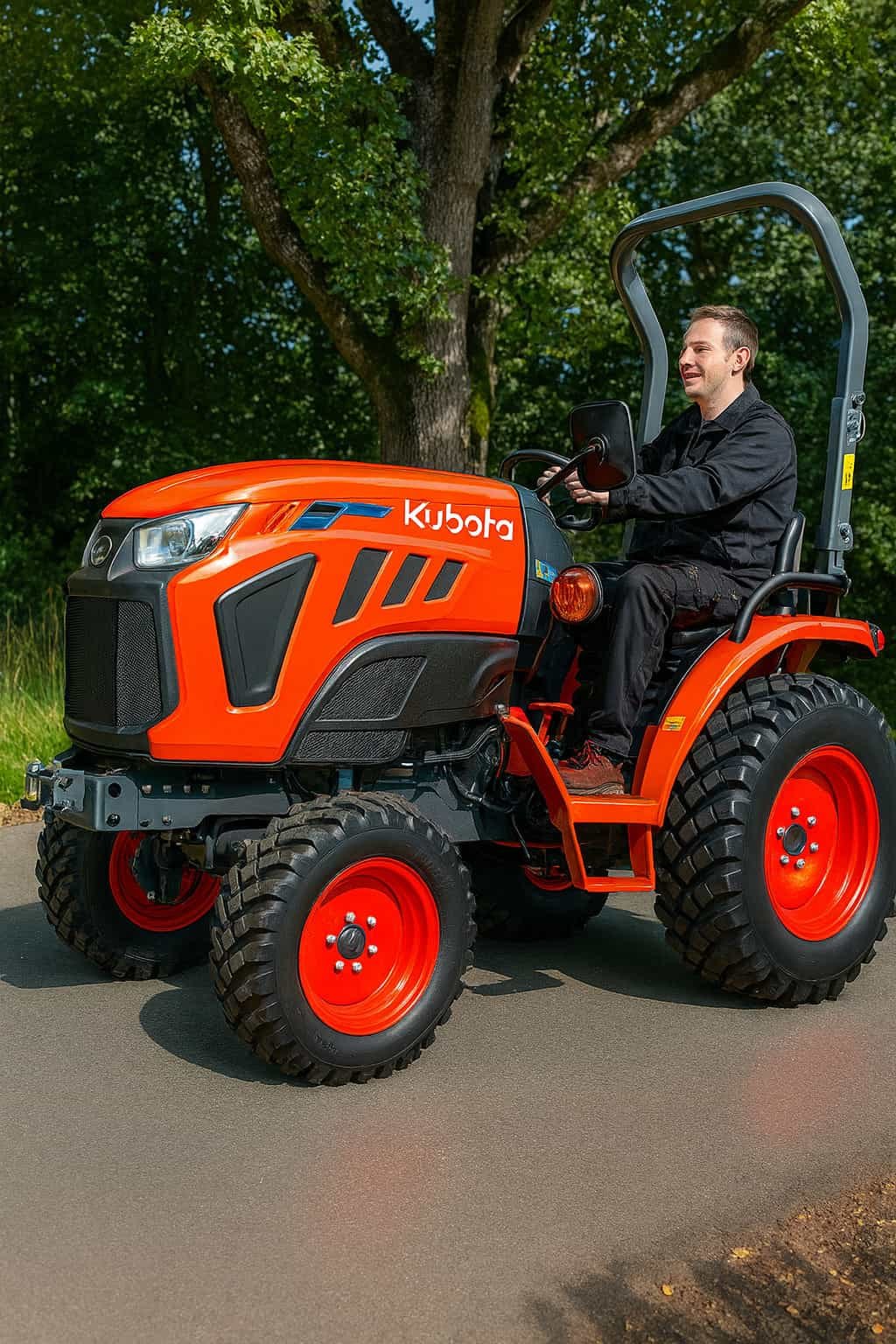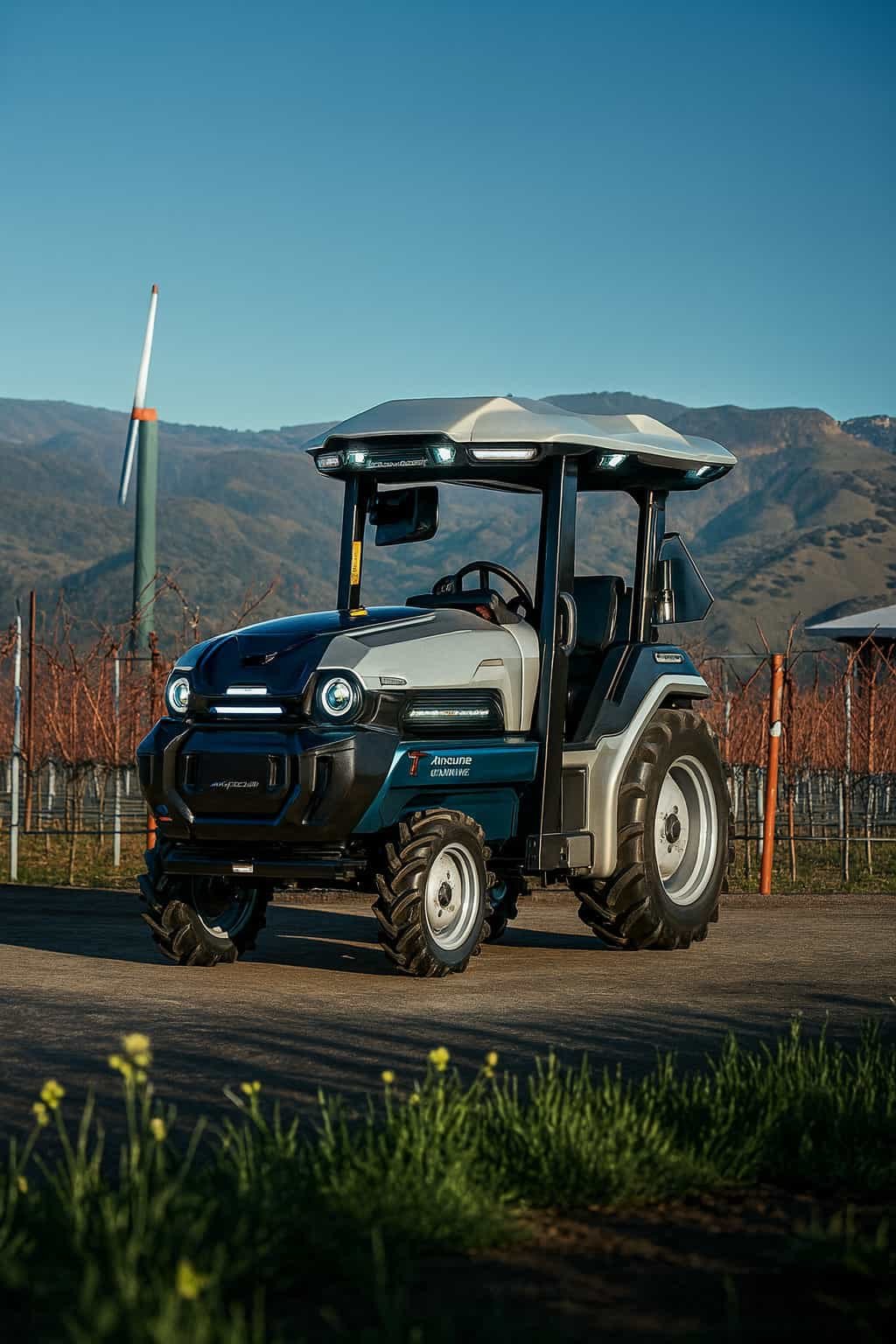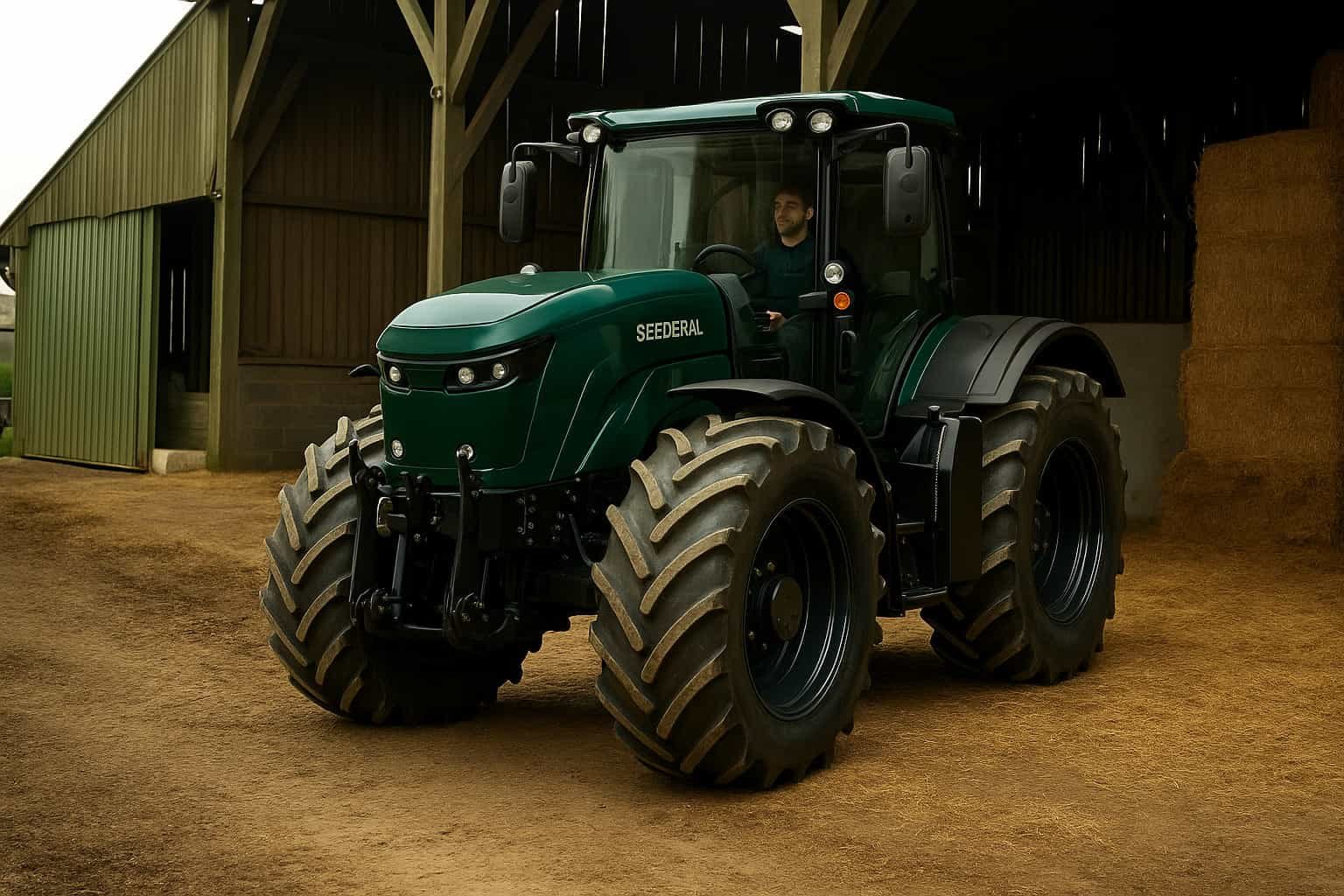What is an Electric Tractor?
An electric tractor is a type of agricultural vehicle powered by electric batteries instead of traditional internal combustion engines. These tractors offer a more sustainable and eco-friendly alternative for farming operations.
Key Features of Electric Tractors
- Battery-Powered: Utilizes rechargeable batteries to power the motor.
- Eco-Friendly: Produces zero emissions, reducing the carbon footprint.
- Low Maintenance: Fewer moving parts compared to traditional engines, resulting in reduced maintenance needs.
- Quiet Operation: Significantly quieter, reducing noise pollution.
Benefits of Electric Tractors
- Cost-Efficiency: Lower operational costs due to reduced fuel and maintenance expenses.
- Environmental Impact: Helps in achieving sustainability goals by minimizing greenhouse gas emissions.
- Operational Efficiency: Provides consistent power output and improved torque control.
Future of Electric Tractors
Electric tractors represent a significant shift toward sustainable agriculture, driven by advancements in battery technology and growing environmental awareness. They are expected to become more prevalent as the industry seeks greener farming solutions.
What is the main system of a tractor?
The main system of a tractor is its powertrain, which includes the engine, transmission, and driveline. This system is responsible for generating and transmitting power to the wheels, enabling the tractor to perform various agricultural tasks.

Key Components of the Tractor Powertrain:
- Engine: Burns fuel to generate mechanical power.
- Transmission: Transfers power from the engine to the wheels, allowing speed and torque adjustments.
- Driveline: Comprises the components that transfer power from the transmission to the wheels, including the driveshaft and differentials.
Understanding these core systems is crucial for maintaining and effectively using a tractor in agricultural settings.
How does the Electric Tractor work?
An electric tractor operates using an electric motor powered by rechargeable batteries instead of a traditional internal combustion engine. This results in quieter operation, reduced emissions, and lower operating costs.

Key Components and Operation
- Electric Motor: Converts electrical energy from batteries into mechanical energy to drive the tractor.
- Batteries: Store electrical energy and provide power to the motor. Rechargeable via solar panels or an electrical grid.
- Controller: Manages the power flow from the batteries to the motor, ensuring efficient energy use.
- Drivetrain: Transfers mechanical power from the motor to the wheels, moving the tractor forward or backward.
Advantages
- Environmental Impact: Zero emissions, reducing the carbon footprint.
- Cost Efficiency: Lower fuel costs and reduced maintenance due to fewer moving parts.
- Noise Reduction: Quieter operation, beneficial for both operators and livestock.
Overall, electric tractors offer a sustainable and cost-effective alternative to traditional tractors, aligning with modern agricultural needs.
What is the purpose of a tractor?
The primary purpose of a tractor is to perform agricultural tasks such as plowing, tilling, and planting fields. Tractors provide the necessary power and traction to mechanize these labor-intensive activities, increasing efficiency and productivity on farms.

Key Functions of a Tractor:
- Plowing: Turning over soil to prepare it for planting.
- Tilling: Breaking up and aerating the soil to enhance its quality.
- Planting: Precision planting of seeds in rows.
- Harvesting: Assisting in the collection of crops.
- Transporting: Moving goods and materials across the farm.
Technological Features:
- Hydraulic Systems: For lifting and controlling implements.
- PTO (Power Take-Off): Transmits power to attached machinery.
- GPS Guidance: Enhances precision in planting and harvesting.
In essence, tractors are vital for modern agriculture, drastically reducing manual labor and improving yield and efficiency.


